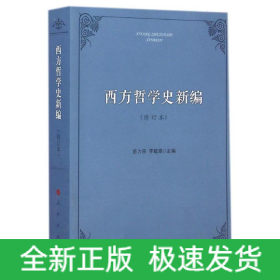
大学预科数学
全新正版 极速发货
¥ 27.55 6.1折 ¥ 45 全新
库存2件
广东广州
认证卖家担保交易快速发货售后保障
作者张弘,(罗)保罗·乔治斯库(Paul Georgescu) 主编
出版社江苏大学出版社有限责任公司
ISBN9787568408523
出版时间2018-07
装帧平装
开本16开
定价45元
货号1201739233
上书时间2024-12-16
- 最新上架
商品详情
- 品相描述:全新
- 商品描述
-
目录
Chapter l Algebra I
1.1 Sets and numbers
1.1.1 Set theory
1.1.2 Rational and irrational numbers
1.1.3 Real numbers
1.2 Indices
1.2.1 Laws of indices
1.2.2 Properties of indices
1.2.3 Exponential equations
1.3 Polynomials
1.4 Factorization
1,5 Solving quadratic equations
1.6 Simultaneous equations
1.6.1 Simultaneous linear equations
1.6.2 Simultaneous equations:linear and non-linear
1.7 Summary
1.8 Further problems
Chapter 2 Coordinate Geometry
2,1 Introduction
2.1.1 The distance between two points
2.1.2 The midpoint of a line segment
2.1.3 The slope of a line joining two points
2.2 Equations of a straight line
2.3 Inequalities
2.3.1 Symbols
2.3.2 Properties
2.3.3 Solving linear inequalities involving one variable
2.3.4 Solving linear inequalities involving two variables
2.4 The equation of a circle
2.4.1 Terminology
2.4.2 Cartesian coordinates
2.5 Summary
2.6 Further problems
Chapter 3 Functions
3.1 Mappings and functions
3.1.1 Relations and mappings
3.1.2 Functions
3.1.3 Four ways to represent a function
3.1.4 Injective, surjective and bijective functions
3.1.5 Piecewise-defined functions
3.2 Inverse functions
3.2.1How to find the inverse of a function
3.2.2 How to graph the inverse of a function
3.3 Composite functions
3.3.1 Arithmetic combinations of functions
3.3.2 Composition of functions
3.4 Transformation of graphs and functions
3.5 Odd, even and periodic functions
3.6 Exponentials
3.6.1 Graphs of exponential functions
3.6.2 Transformations of graphs of exponential functions
3.6.3 The natural base e
3.6.4 Properties of exponential functions
3.7 Logarithms
3.7.1 Graphs of logarithmic functions
3.7.2 Natural logarithmic functions
3.7.3 Properties of logarithmic functions
3.8 Summary
3.9 Further problems
……
Chapter 4 Algebra II
Chapter 5 Trigonometry
Chapter 6 Vectors
Chapter 7 Mathematical arguments and proofs
内容摘要
本书属于来华留学全英文授课精编教材。预科数学作为一门基础科学有高度的抽象性、严密的逻辑性和广泛的应用性,对于概念、定理、公式,尽可能从直观背景出发,提出问题,分析问题,得出结论,然后再抽象论证。将数学的基本思想融人各教学环节中,引导学生学会从量化的角度数学地思考和处理问题,主要包括数与集合、方程与函数等基础数学知识。
— 没有更多了 —












以下为对购买帮助不大的评价